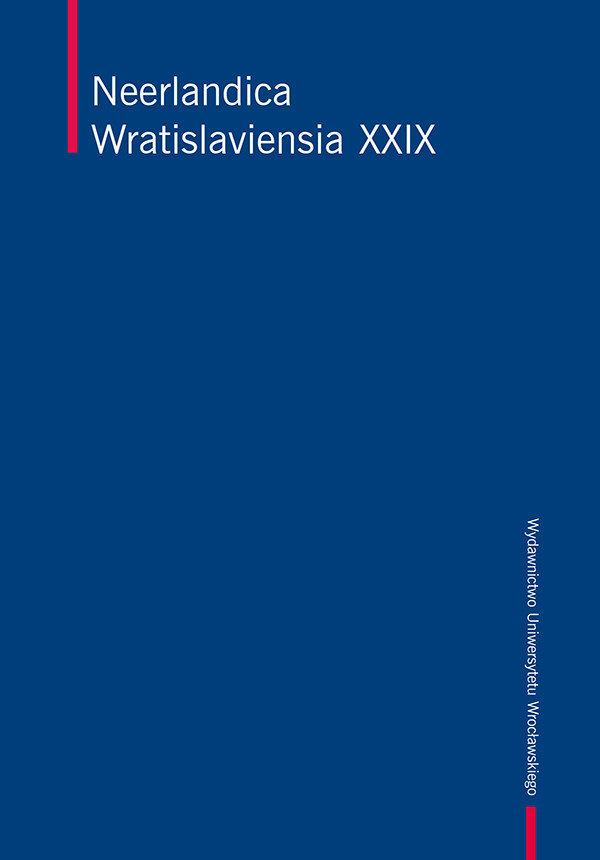Abstrakt
Human figures were a suitable means of assigning human qualities to non-human entities, thereby making an abstract phenomenon more concrete and easier to understand. During the baroque period, one of the widely used techniques in the works of German and Dutch grammarians was visual presentation of their material in tables. Illustrative examples or tables and dichotomies were differently preferred as visual material in the language teachings of representatives of the confessions as well as the most important philosophical and grammatical theories, which were respected and had authority in the 17th century. The iconoclasm of the Calvinist authors, that is, aniconism and removal of images from churches, correlated with the reluctance of the grammarians to visualise their subjects in pictures. For presenting the contents, language teachers chose a frugal form, namely the tables and the dichotomic method, which is usually manifest in the composition of grammar books and description of the most important characteristics of the parts of speech.


